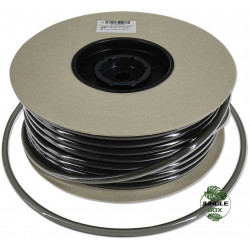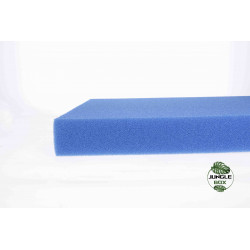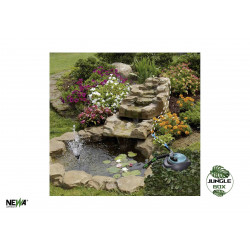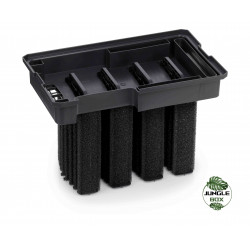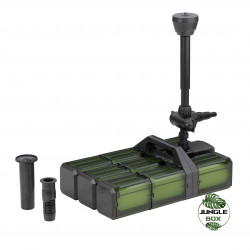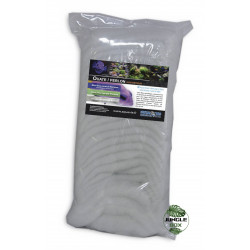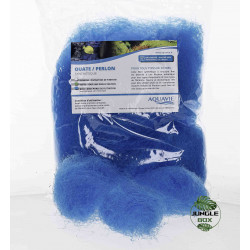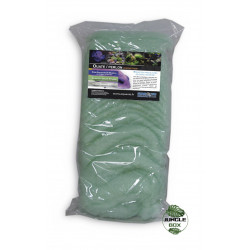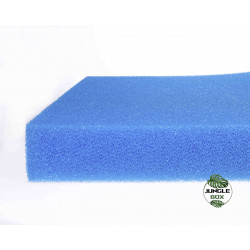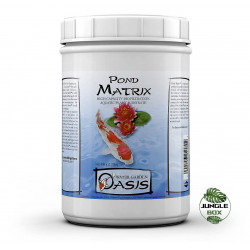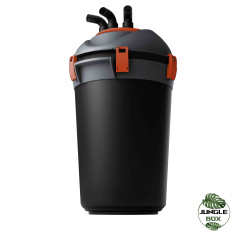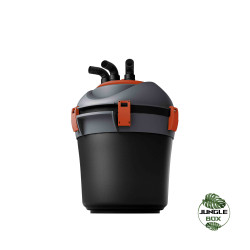Filtration
Filtration in a koi pond is essential for maintaining a healthy and safe environment for these fish. Here are some key points about pond filtration:
Mechanical Filtration: Mechanical filtration removes solid debris such as leaves, plant debris, and fish waste. Mechanical filters typically include sieve filters, grille filters, and brush filters.
Biological Filtration: Biological filtration uses beneficial bacteria to break down organic waste into less harmful substances. Biological filters include gravel bed filters, drum filters, and vortex filters.
UV Filtration: UV filtration systems use a UV lamp to kill suspended algae and pathogens in the water, reducing the risk of diseases and maintaining clear and healthy water.
Step-by-Step Filtration: Pond filtration systems for koi are often set up in multiple stages, typically including initial mechanical filtration followed by biological filtration and possibly UV filtration.
Filtration Size: Filtration size should be proportional to the size of the pond and the number of koi it houses. For koi ponds, it's recommended to aim for filtration that can process the entire volume of the pond at least once every two hours.
Regular Maintenance: Pond filtration requires regular maintenance, including cleaning mechanical filters, monitoring levels of beneficial bacteria in biological filters, and replacing UV lamps according to manufacturer recommendations.
Proper filtration is essential for maintaining the health and clarity of water in a koi pond. By selecting the right filtration systems and performing regular maintenance, you can create an optimal environment for your fish and enjoy a clear and healthy pond.


